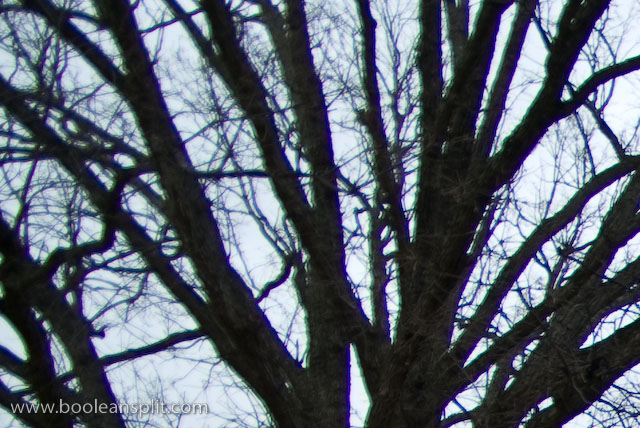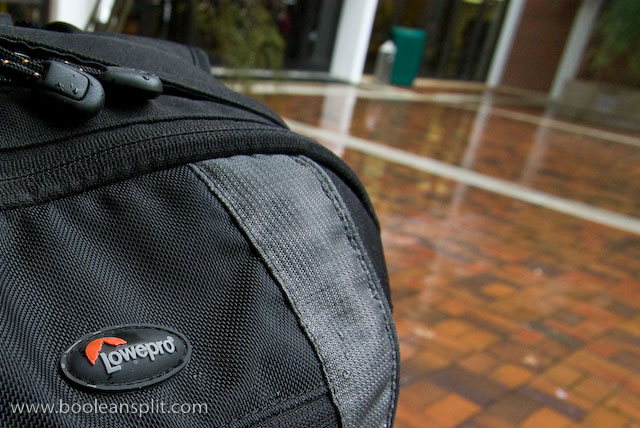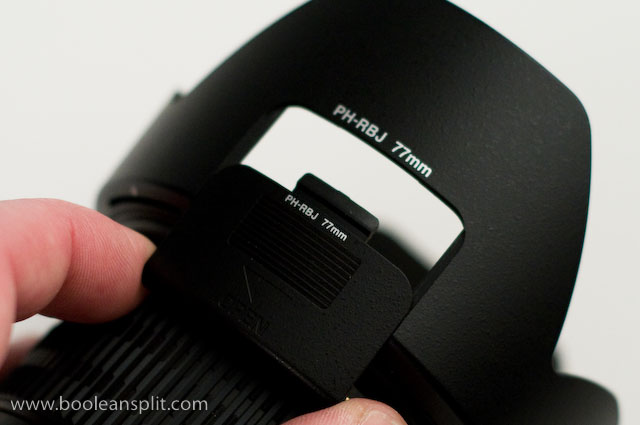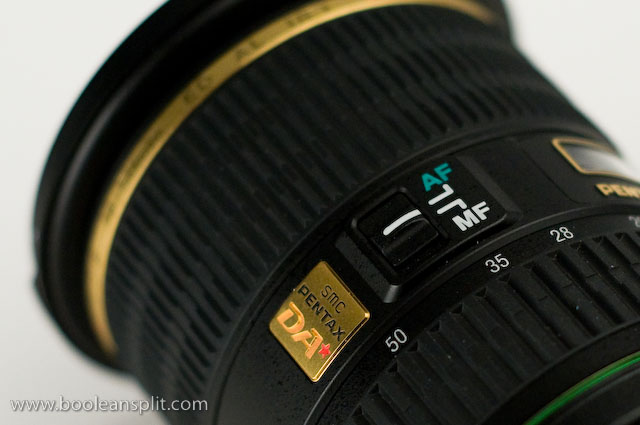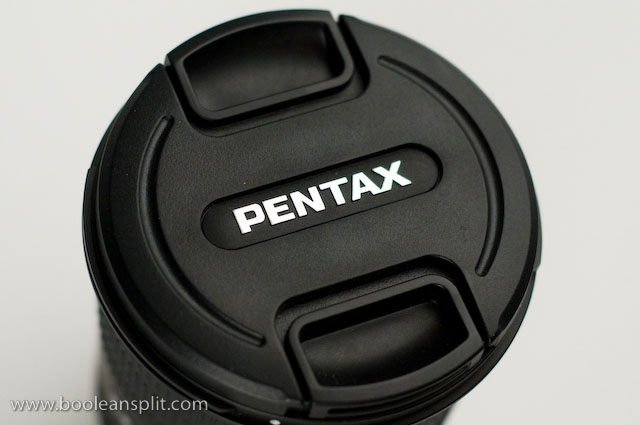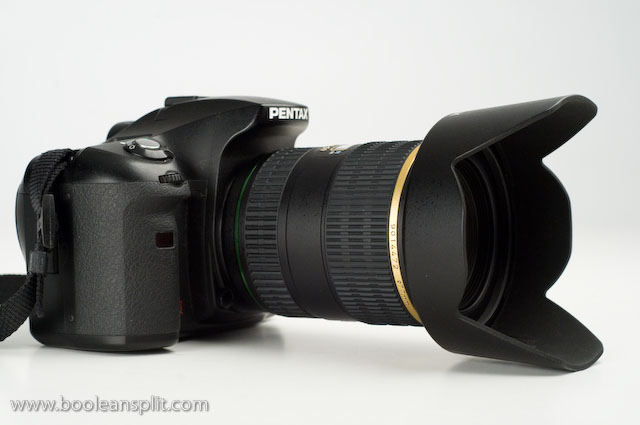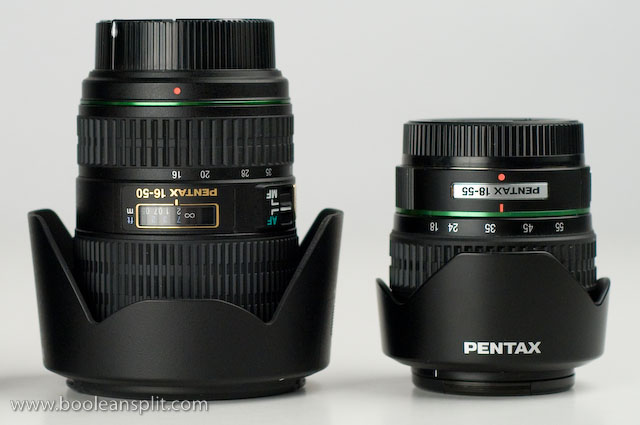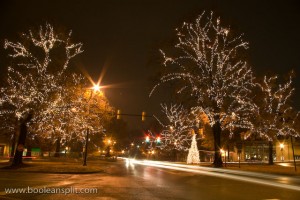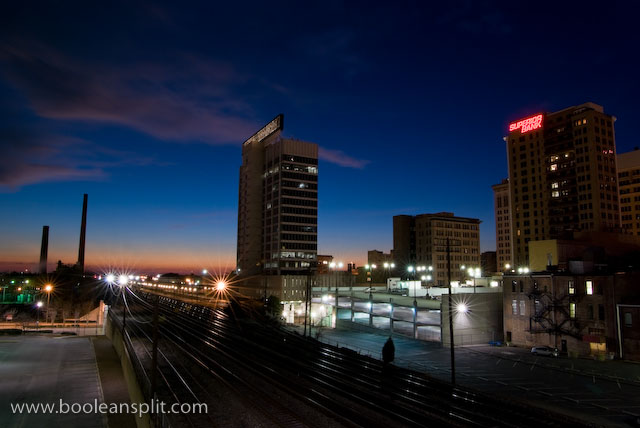
I’ve already blogged here once about taking sunset photos but after taking this blue hour shot tonight I just had to share how easy this is.
I had to run downtown around 6pm to pick up some fresh oysters from the Fish Market. On the way out the door I grabbed my Pentax K10D, 16-50 f/2.8 DA* (borrowed) and tripod. I made a bee line down 21st Street South (past the Fish Market) to the viaduct that goes over the railroad tracks into downtown. From this elevated vantage point over the tracks I knew I would have a decent view west with enough streetlights for some killer starburst action.
Here’s the set-up for this shot:
- camera mode: MANUAL (you can’t do this in AUTO!)
- aperture: f/22
- shutter speed: 30 seconds
- ISO: 100*
- white balance: AUTO
- flash: OFF (!!)
- IS: OFF
- auto focus: OFF (manually set focus to ∞)
- self timer: ON (2 second delay)
- focal length: widest setting (here: 16mm)
- battery: fully charged (!)
*Nikon users with ISO 200 as the lowest setting may have to back off the shutter to 15-20 seconds.
That’s it. Mount the camera on a tripod, compose the shot, trip the shutter (using the self timer prevents camera shake), step back, and wait. If you time the light right that’s all you’ll ever have to do. The small aperture ensures everything is in focus and creates dazzling starbursts. The long exposure pulls in all kinds of light and colors and the low ISO keeps things s-m-o-o-t-h. I did shoot this photo in RAW but all I did in Lightroom to this shot is apply my standard import settings and touch up a little sensor dust.
Truthfully, I rarely look at the exposure meeter for these shots. I usually just take a 30 second f/22 shot at ISO 100 and check the LCD. If it’s too dark I’ve probably missed the magic blue hour and it’s either time to pack it up or break out the DIY bulb switch (though I usually try a few in vain at f/16 and f/8 just to be sure). If the shot is too bright I’ll just back off the shutter to 15 seconds and try again. If that doesn’t work I just wait a bit until the light drops off some more. The only real hard part is getting the timing right (most people are packing up to leave about the time I’m setting up for my best shots) and being patient (30 second exposures can seem like an eternity sometimes).
It’s really one of the few never-fail shots if you use these settings. Trick is you pretty much have to use all of these settings to get decent results. Break out the tripod and give it a try tomorrow night!
Here are a few more examples on my Flickr stream if you’re interested.
February 7th, 2009 | Tags: 21st Street South, 30 seconds, Adobe Lightroom, AL, Birmingham, DA* 16-50mm f/2.8 ED AL [IF] SDM, dark, DIY cable release, downtown, evening, exposure, f/22, Fish Market, manual, night, oysters, Pentax K10D, self timer, starbursts, streetlights, sunset, tripod, www.booleansplit.com | Category: technique | Comments (4)



